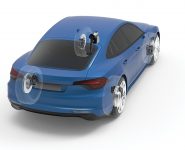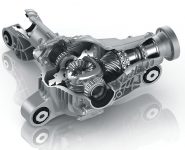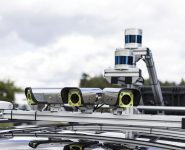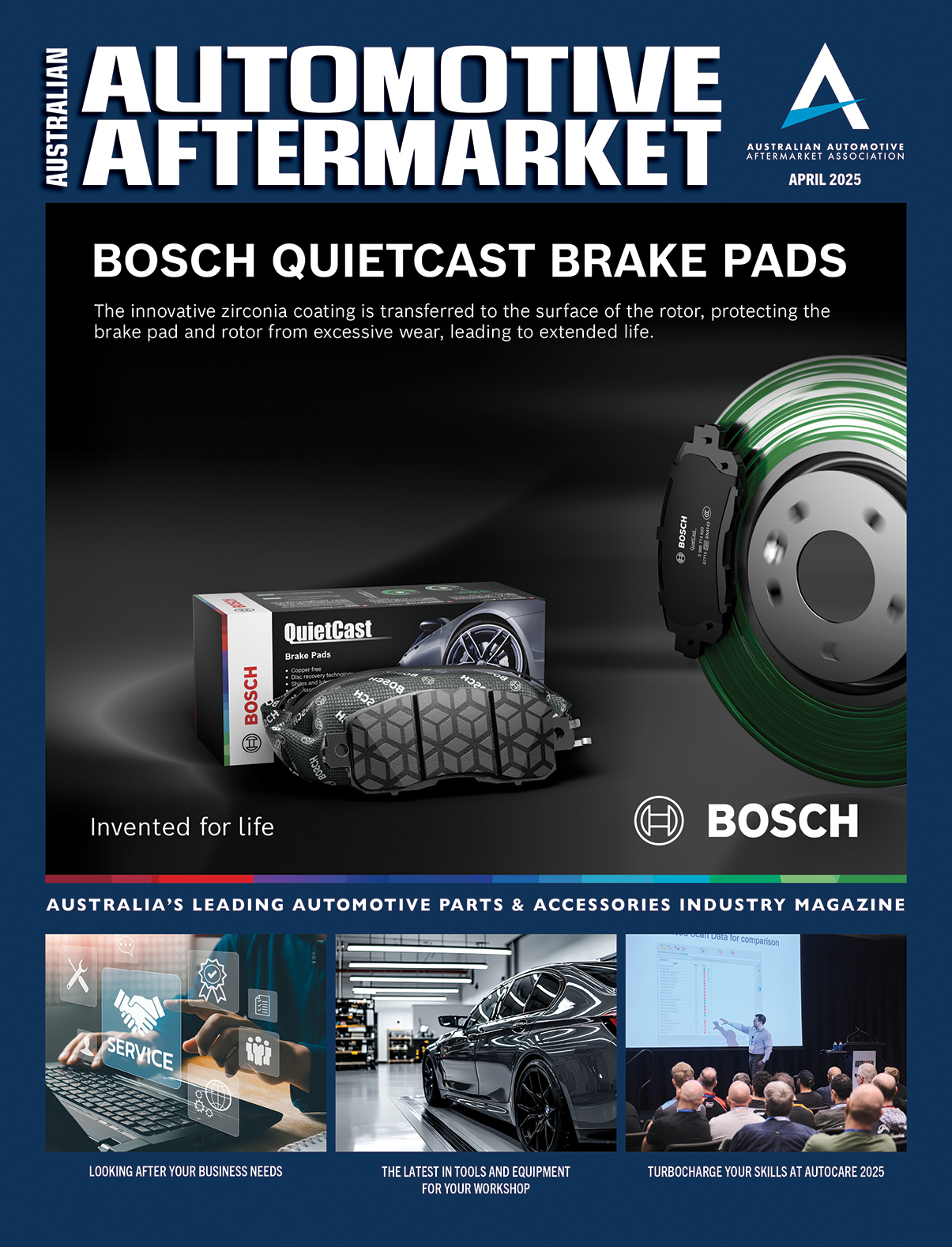SMALLER, LIGHTER, MORE POWERFUL
ZF Presents new e-drives for Passenger Cars and Commercial Vehicles
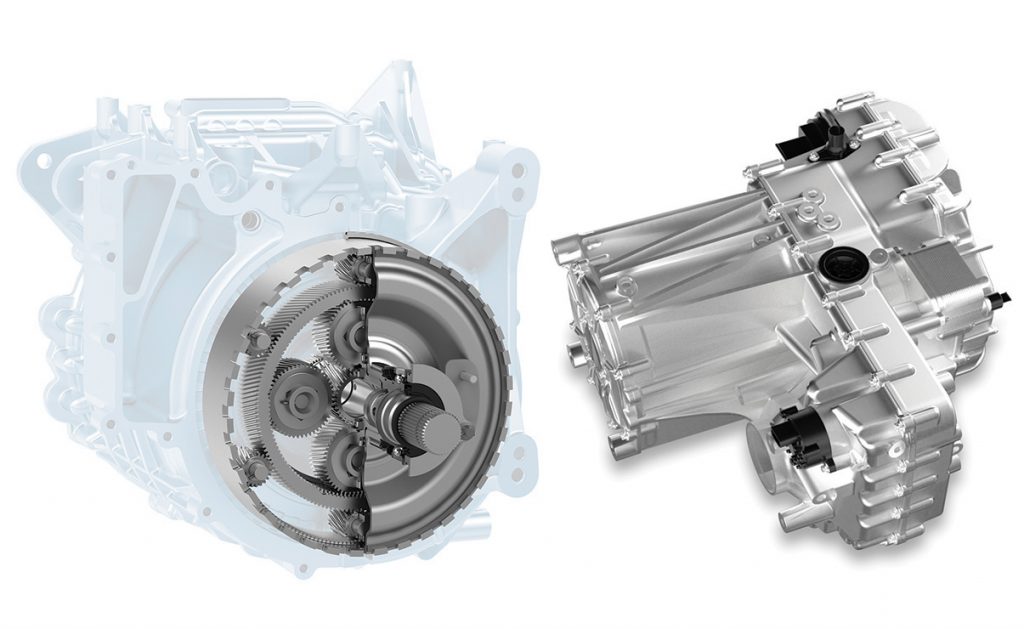
ZF says it has presented the latest generation of electric drives for passenger cars and light commercial vehicles, setting standards through outstanding power density and energy efficiency.
With their modular concept, the new ZF e-drives support automotive manufacturers in customising the further electrification of their entire model range, while for end customers, the new technologies offer higher efficiency, more power, and shorter charging times.
ZF explains that it develops and produces technologies for the mobility of the future with two million e-motors produced and the high-voltage vehicle electric system with 800-volt technology, which will go into series production this year.
ZF is already developing its comprehensive product range for pure e-drives with a view to the functions desired by customers and end users.
In order to better and faster meet the highly diversified market demand, the technology Group is now presenting a new generation of electric drives based on a modular overall concept with electric motor, inverter, transmission, and software.
The new generation of ZF e-drives will be available on the market as a complete system starting in 2025; yet ZF will bring individual components into series production earlier.
The following innovations at component level make their contribution to the advanced overall system.
Power electronics
With “discrete package technology,” power electronics manage the balancing act between a high degree of component uniformity and high adaptability.
The individualisation takes place at the chip level where a discretely structured ZF inverter is built with individual power semiconductor switches.
This modularity offers better performance scalability than is possible with complex power modules. In addition, ZF’s “discrete package technology” requires fewer types of components than using conventional power modules.
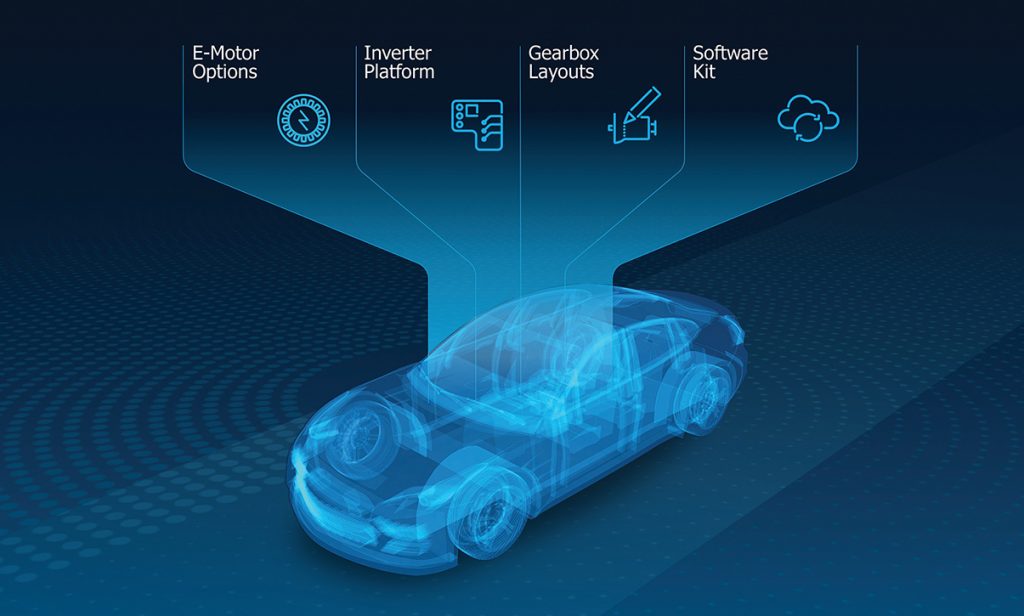
e-motor
With a new, highly integrated e-motor, ZF once again increases the power density compared to the technology currently available in the market.
A new cooling concept and a new winding technology play the decisive role here. Thanks to the new cooling concept, ZF allows oil to flow directly around the copper rods – exactly at the point where most heat is generated during operation. Such highly efficient cooling significantly increases performance with the same weight and installation space.
The continuous power of the electric motor is increased to up to 85 percent of the peak power. In addition, the use of heavy rare earths can be largely dispensed with, and the e-motor can thus be produced more sustainably.
The braided winding technology developed by ZF, a further development of the “hairpin” winding, enables a total of 10 percent less installation space. The winding head alone is around 50 percent smaller than with conventional approaches.
Gearbox
With its new coaxial reduction gearbox, ZF transfers its world-leading know-how in planetary gearboxes to the next generation of electric drives.
Two integrated planetary gears not only generate the desired axle ratio, but also include the fully integrated differential function. Compared to common offset concepts, the new solution reduces weight and installation space requirements without compromising efficiency, noise, and vibration.
High-voltage converters
High-voltage converters (DC-DC converters) play a central role in fuel cell-powered electric drives, compensating for the low output voltage and the strong voltage drop at high load of the fuel cells.
The new high-voltage converter from the ZF power electronics platform, which was developed for passenger car and commercial vehicle applications, has a top value of 99.6 percent in terms of efficiency.
For more information, visit www.zf.com/au



